Learn the truth about their causes and treatments
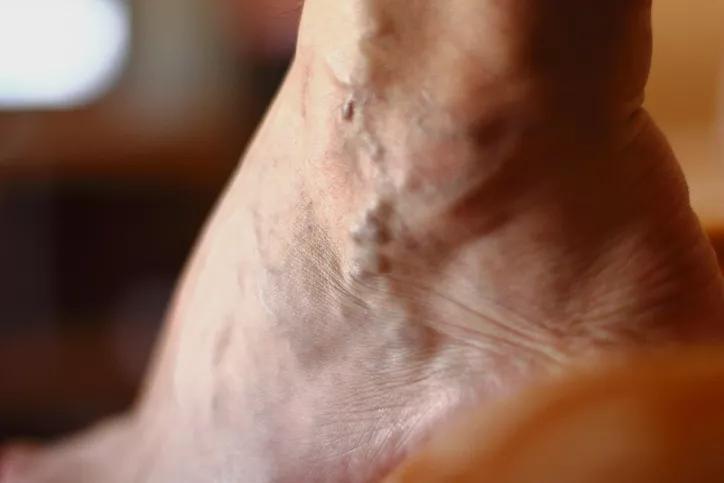
Nobody wants bulging, purple varicose veins on their legs or ankles. However, about half of adults have them, and they become more prevalent with age.
Advertisement
Cleveland Clinic is a non-profit academic medical center. Advertising on our site helps support our mission. We do not endorse non-Cleveland Clinic products or services. Policy
What causes varicose veins and what can you do about them? Many people think they know, but vascular surgeon Kathleen Boyle, DO, sets the record straight. How many of these seven myths have you believed?
“No,” says Dr. Boyle. “Crossing legs does not cause varicose veins. Neither does wearing tight shoes or tight pants — although these things can exacerbate varicose veins if you already have them.”
While increased pressure can cause blood to pool inside a vein and make the vein bulge, it’s not external pressure that does it. (Besides that, tight clothing and leg crossing produce only minimal pressure.) It’s more likely due to defective valves in your veins or weakened vein walls.
“Pregnancy can exacerbate varicose veins, but it doesn’t cause them,” says Dr. Boyle. According to the National Heart, Lung, and Blood Institute, varicose veins that become noticeable during pregnancy usually fade after delivery.
Just because your parents or grandparents had varicose veins doesn’t mean you will. Varicose veins run in the family for only half of all people who have them.
“Massage may help reduce swelling or discomfort, but will not make varicose veins go away,” says Dr. Boyle. However, there are proven ways to treat them, especially when they’re causing symptoms, such as:
Advertisement
Treatment options include sclerotherapy (injections) and laser therapy, both which can make veins disappear.
“That’s false,” says Dr. Boyle. “Insurance companies require that you try compression stockings first, before having other treatments. Also, some patients who have treatment need to wear stockings during recovery, for up to six weeks.”
“Actually, it isn’t necessary to wait,” says Dr. Boyle. “Women may benefit from having early treatment, even before becoming pregnant.”
According to Dr. Boyle, there’s no relationship between the two.
The truth is, you may not be able to avoid varicose veins. But you can delay their onset or make them less pronounced. Dr. Boyle shares two important tips:
Advertisement
Learn more about our editorial process.
Advertisement
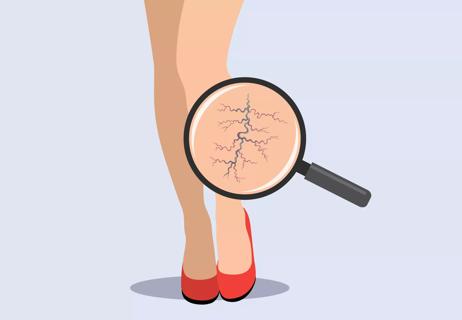
Home remedies can improve (but not cure) the symptoms and appearance of varicose veins
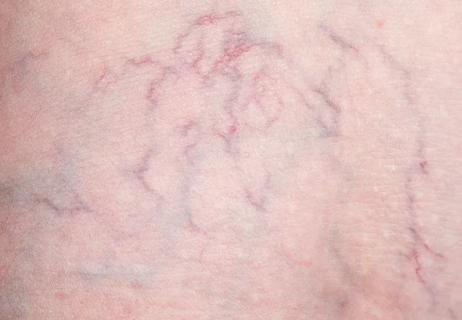
Unlike varicose veins, spider veins don't necessarily indicate poor circulation
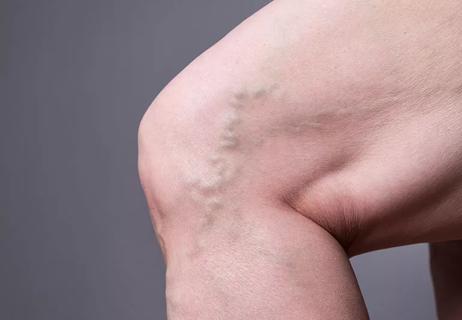
Some symptoms should be taken seriously
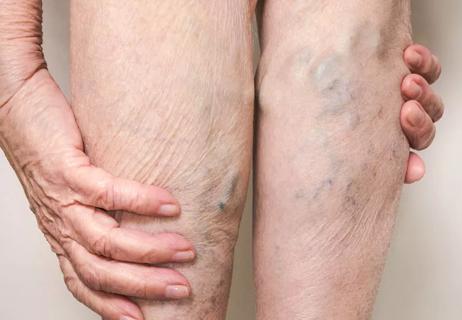
Treating them can improve your vascular health

Fainting, heart palpitations and shortness of breath are just a few signs your heart may need help

You may notice this combination when you’re exercising or after standing up too fast

Calling 911 or emergency services should always be your first step

Mild heart attacks may cause less damage, but they can still lead to serious complications and require medical attention

If you’re feeling short of breath, sleep can be tough — propping yourself up or sleeping on your side may help

If you fear the unknown or find yourself needing reassurance often, you may identify with this attachment style

If you’re looking to boost your gut health, it’s better to get fiber from whole foods